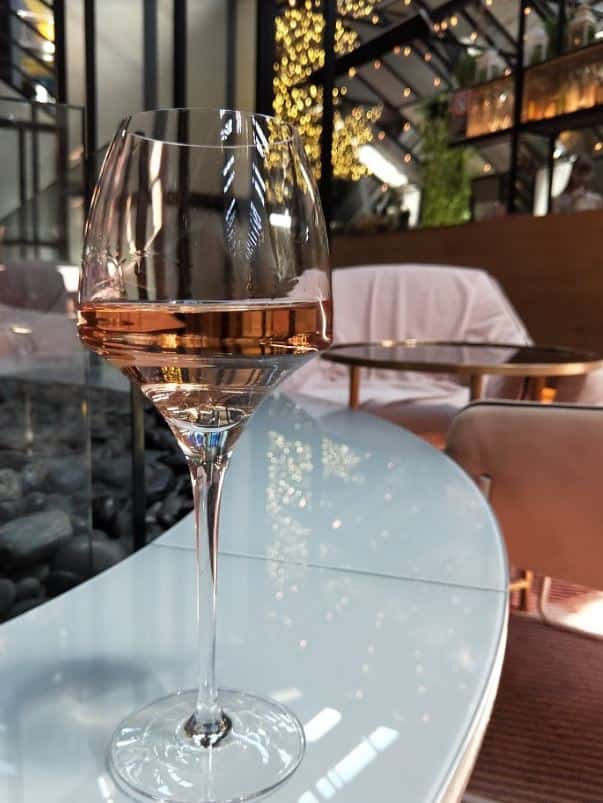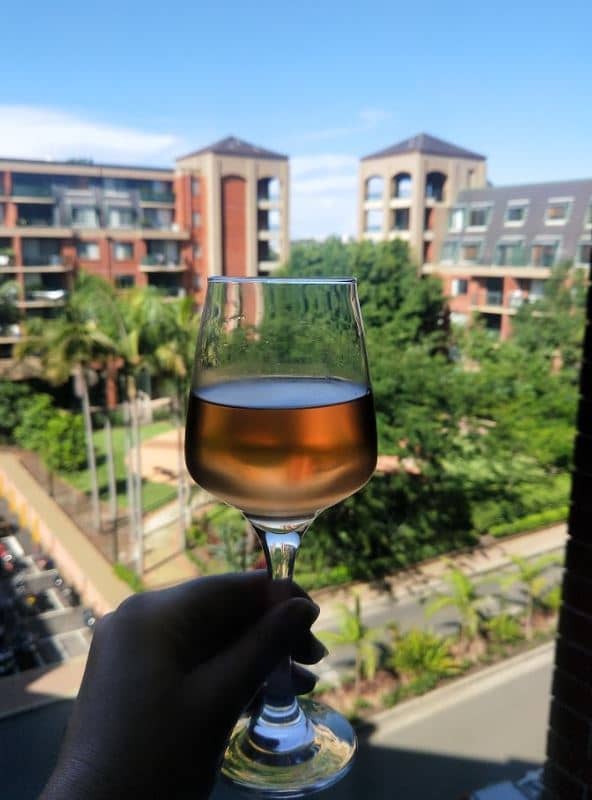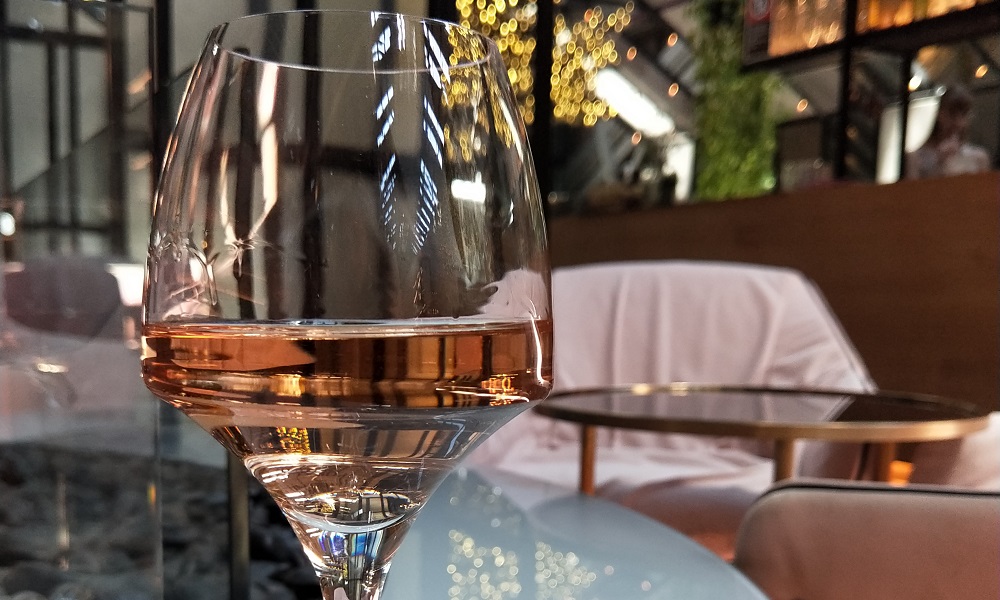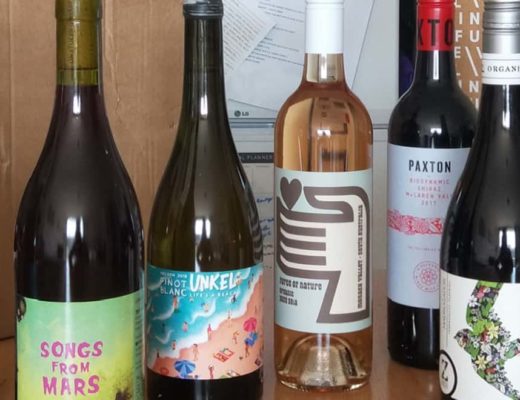Rosé is one of life’s great joys – sipping pink wine in the sunshine and all that. But how is rose wine made? We start by dispelling some of the rosé making myths and show how our favourite pink drink is put together.

Rosé is potentially one of the oldest wines in the world starting in Greece and Rome. It was the easy way to make wine and came around before wine makers got in to the heavier reds we drink today. So before we ask how is rose wine made, let’s dispel some of the most common rosé myths:
Myth 1:
Rosé is made from pink grapes.Wrong, pink grapes aren’t a thing! Rosé is made from red grapes only. (If pink grapes were a thing though I reckon they’d be delish).
Myth 2:
Darker rosés are always sweeter.Wrong again. The deeper red colours you can get in rosé means that the wine has been left with the skins on for a longer period. We’ll go in to that next but for now, advice is to avoid the dark, sweet zinfandel that gives rose a bad rap.
Myth 3:
Rosé is made from mixing red and white grapes.While this is one way of making rosé, it’s pretty frowned upon by most of the wine world. Now let’s get in to how rosé is actually made.
How is rose wine made

Skin contact – this is the most common and popular method of producing rosé and often produces the best. Instead of pressing off the skins, grapes are crushed and their skins are left on for a short period of time (anywhere from a couple of hours to couple of days) to develop that lovely, pink colour before removing the skins. The process is called maceration and the longer the juice is left on the skins during maceration, the darker the colour of the juice. The rosé tinted juice is then fermented to produce the vino we love.
Saignée – this means to ‘bleed’ in French. This method produces both red and rosé wine and was originally developed to concentrate reds. How it works is that early in maceration (see above point), a portion of juice is removed and then vinified separately as rosé while the rest of the juice is left with the skins to be a more concentrated red. This can produce wine of variable quality as the rosé can be seen as a by product with the focus on the stronger red wine.
Direct pressing – this is where the skins make contact for very short period of time. Grapes are pressed right away to remove the skins but because of the pigment of the skins, there’s a hint of colour left behind. This method produces the lightest colour rosés around. Yum!
Blending – the final and widely debated method is blending red and white vino. This is common only in champagne, especially for rosé champagne but was ILLEGAL until 2009 (yeah you can be a criminal in the wine world!) and not widely favoured. This one you can probably try at home but I wouldn’t suggest it…
Other rose related tips for ya:
- For the most part, rosé doesn’t really improve with age so don’t keep it or go for anything much older than 2-3 years old.
- Most rosés will include tasting notes of strawberry, raspberry, melon, rose petal, rhubarb and citrus – so look out for those.
- Common grapes used for making rosé include Grenache, Sangiovese, Syrah, Mourvedre, Carignan, Cinsault and Pinot Noir.
- Australians mostly use Shiraz, Pinot Noir, and Grenache but also, Merlot and Cabernet Sauvignon.
- In Provence, the historical home of rosé, winemakers will blend grape varieties, such as Cinsault, Mourvédre, Syrah (Shiraz), and Carignan.
- Lastly, no one does rosé like the French so if you’re unsure at the wine shelf, France and Provence is your best bet for dry rosé.

Cheers to pinkest of drinks! Did you learn something new?
What’s your favourite rosé? I tend to stick to Provence but my Dad’s into Spanish rosé or rosado. I reckon a Drinks with my Dad series is on the cards… As always, leave a comment with any thoughts or recommendations.
*Clinks*
Lorna
Don’t fancy rose? How about orange wine? Read more here.





No Comments